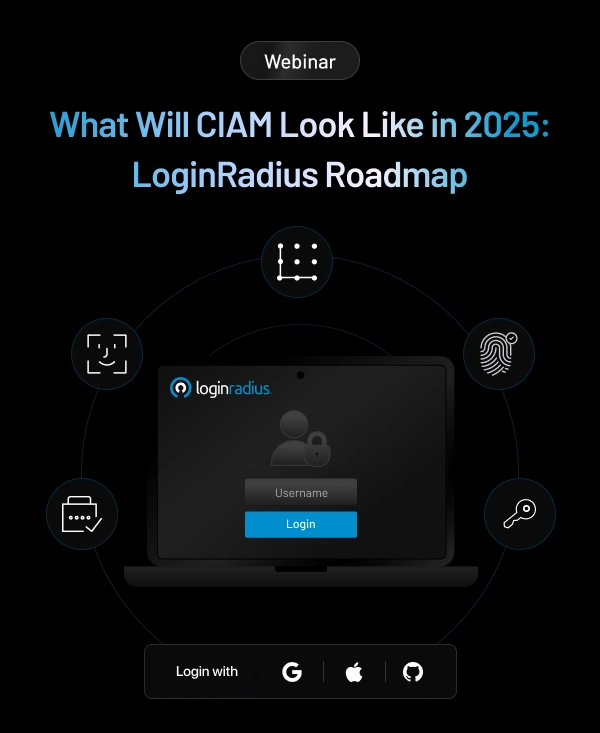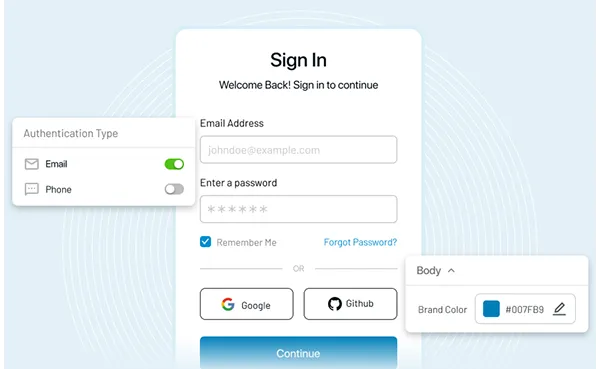As the world becomes increasingly digitized, individuals, organizations, and government agencies are producing staggering quantities of data every day. In fact, according to a report, 1.7MB of data is created every second for every person on earth.
But are companies leveraging such massive amounts of data for competitive advantage? The response, for the most part, is, 'no.'
This shortfall in capability can seriously limit the growth of an organization or even undermine its overall performance.
A data-driven approach can save the day.
Data plays a pivotal role in enabling long-term and sustainable growth. This means, if you want to take quick actions with minimum risk, data is your only savior.
A data-driven approach is adopting strategic actions based on analysis and interpretation of data rather than observation. So, how do you identify and unlock a 360-degree growth of your data?
Let's find out.
Prioritize and focus.
The first step is to understand and monitor the right metrics, also known as the North Star Metics. To qualify as a North Star, a metric must cover three primary parameters:
- Your data should help generate revenue.
- Your data should reflect your consumer value.
- Your data should help measure progress.
Take note if you aren't measuring the right metric yet.
Measure relevant data.
The second step is to analyze the right set of data, period, and context. Therefore, once you identify your data source, start capturing it. Set the time period and segregate the data into relevant buckets.
Though this step may seem simple, you may end up with insights that are not even relevant if you collect data in the wrong frame. It won't be easy to make the right choices at the right time.
Therefore, remove all useless data before you start analyzing.
Let's understand with an example that a sales team wants to accelerate their revenue growth. (P.S. Revenue growth is the North Star metrics here). So, how can they achieve that?
- By implementing strategies to add new businesses.
- By increasing their consumer base.
- By reducing revenue leakages.
Start collecting data for adding new business and review where targets are most likely to buy. Consequently, you can research data based on demographics, firmographics, economics, etc.
Furthermore, to uncover key predictors of growth in existing customers and who are likely to buy add-on services, you could be capturing data of existing customers, their purchase and usage behavior, product use trends, and more.
Finally, to reduce revenue leakage, you could capture data for pricing strategy or discount strategy. You could also be monitoring industry data, deal sizes, and details to analyze and maximize revenue for each deal.
Analyze and capture insights.
The third step is to analyze the collected data. You can use various tools to generate insights, trends, and patterns. For example, you can add historical behavior and customer feedback for data-based insights. Next, set a strategy and plan of action based on those insights.
Execution is key.
So, you have received the insights and planned your actions. What about execution? Well, that's crucial too. Here's what you can do:
- Communicate your insights to all relevant stakeholders.
- Formulate a team for execution.
- Timely execute and review progress.
- Measure and take course correction, if required.
Note that it is important to analyze your data in realtime and share it with all stakeholders. Also, to implement a successful data-driven approach, it is crucial that you manage, integrate, and analyze your data from one source.
Research suggests that only 62% of organizations implement their strategies in a timely manner after analysis. Companies that use data-driven decisions make high profits and can reduce substantial costs.
So, there you go —
"Leverage" data, "analyze," "implement," "measure," and then "repeat success."

















